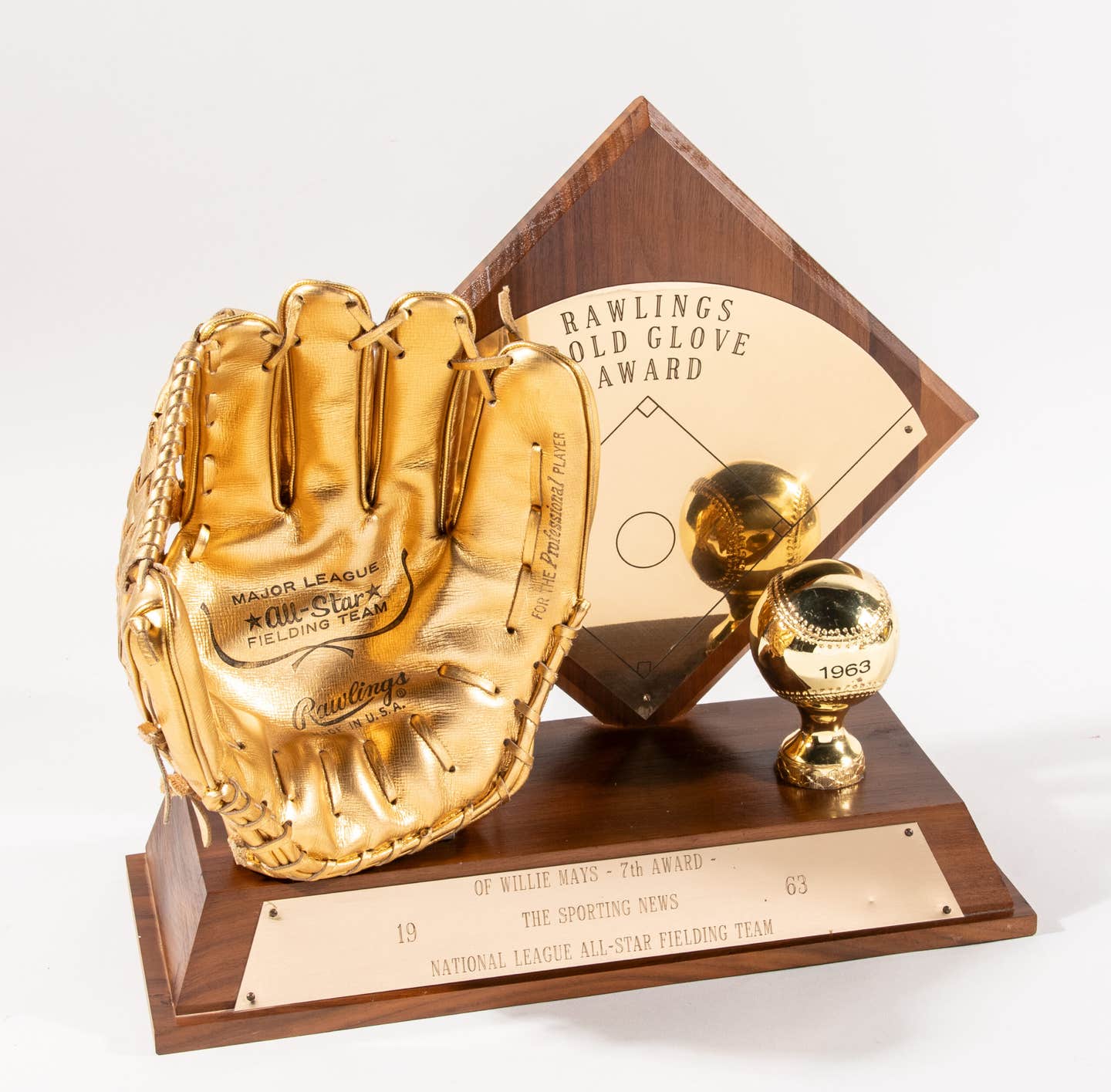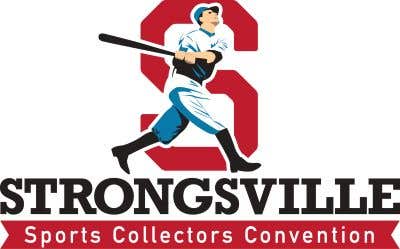When walking through the Florida home of David Beach it's possible to mistake it for a 19th-century tobacco store. Labels and cigar boxes galore make up quite the display, but Beach isn't a cigar shop owner or even a smoker.
"I smoked once when I was about 12 years old for about three minutes," said Beach. "That's my extent of that."
Actually, Beach belongs to the fairly uncommon fraternity of cigar-box label collectors and owns one of the best collections in the world.
Originally, cigar-box labels were used to advertise and promote cigars, however, Beach and his fellow collectors deem them to be masterpieces just like any works created by Picasso, Van Gogh or Monet.
"I almost hate to call them labels," said Beach, a former hospital CEO who has been collecting cigar boxes and labels since 1989. "The correct term really is 'Cigar Label Art' for this stuff, because it truly is art."
After viewing the 3,000-plus labels and boxes that make up Beach's museum-like home and website, there isn't much reason to dispute his logic.
"The detail that they have on the eyes, and the expressions; it's just amazing," said Beach. "A lot of people don't realize how incredible they are until they take a little bit of time and look at them. Baseball cards are interesting and very beautiful, but when you try to compare the beauty to a card there's just nothing as beautiful as a cigar-box label."
He may be right. Most cigar-box labels are extremely vibrant and generally measure 6 by 9 inches.
In addition, the production process of cigar labels is nearly as breathtaking as their physical beauty. The process that was used to produce these particular styles of cigar labels was like no other printing process spanning the past 90 years. The time and effort taken to produce the cigar label art was extremely amazing, according to Beach. This process was called Stone Lithography and was the production method U.S. lithographers used to make labels throughout the mid-1870s and into the 1910s. Beach said the cigar-box labels from this time period are the most breathtaking.
"I collect them because they are incredibly beautiful," said Beach. "How they were made is secondary, but you have to be aware of the process and how incredibly labor intensive it was."
The way it was done was a lithographer would wet a smooth flat limestone. Next, a design would be drawn on the stone with a grease pencil. The stone would then be coated with a grease-based ink. The design would attract the ink and the limestone would repel the ink, which makes sense because water and grease don't mix.
Next, a damp piece of paper would be brought into contact with the stone, and this would reproduce anything drawn on the surface.
"If there are 15 colors, then 15 different times somebody had to line up this stone and apply different colors to get one label," he added. "How they ever did this and sold them for only a penny and a half I will never understand."
Stone Lithography is unlike any form of printing we have today, and Beach said he doubts it would be feasible for any company, in this day and age, to duplicate this process because of the time and money that it would take.
During the start of the 1920s a more cost-effective way to produce cigar labels came into play with the advent of Photomechanical Lithography.
Now printers could get by with using only four colors. This saved them a considerable amount of time and money, and also allowed them to produce large quantities of labels.
Generally, the labels that were produced with Photomechanical Lithography are plentiful and carry a much lower value than its ancestors, according to Beach.
Stone Lithography can be either flat-textured, or embossed and gold gilded, a feature that was added around 1890. Beach said he is most interested in the flat-textured labels because they were produced earliest, however, he added that half his collection consists of embossed and gold-gilded varieties.
"I love some of the gold-gilded ones," said Beach. "A lot of the Spanish-name labels are dripping with gold. They're incredibly beautiful and the process to make them was very labor intensive. When you think that you can buy some of them for $20-$50, there's nothing you can buy today that is that beautiful and real that is over a 100 years old that looks like that. It's only a matter of time before more people discover these."
According to Beach, cigar labels were a very early form of promotion, and in the same fashion that products are sold today, the ones that get the most attention are often the most attractive amongst buyers.
"When a man walked into a cigar store, there were several hundred open boxes sitting on shelves and there's a good chance that most of the cigars tasted pretty much the same," said Beach. "So if you had a label with a half-naked woman, baseball game, a hunting scene, or some pretty ladies on a bicycle, that's what sold a cigar, and they're valued accordingly."
Generally speaking, Beach said rarity is the main factor when coming up with a value for labels, however, another key factor is their uniqueness. Beach said the weirder and more "out there," labels are, the better.
"An example would be that many of the cigar box labels have pretty women on them," said Beach. "And if you have just a lady's face on it and the name of the cigar is 'Mildred,' for example, even if it's rare it is probably only worth $20-$30. But if Mildred has her skirt pulled up with a colored stocking, then it may be a $75 label. Then if Mildred has one bare breast hanging out it may be a $300 label. If the name of the cigar is not "Mildred," and it is named 'Hot Stuff 'or 'Try me,' then the price really goes up. This was the earliest form of incredibly-beautiful advertising."
Originally a collector of coins, bank notes and antique stocks and bonds, Beach became fond of cigar box labels when he attended antique paper shows throughout the U.S. He initially dabbled with some of the more affordable labels, but then started researching them more and even created a more specific area of interest.
"My major collecting interest was something that I call 'Slice of Life,' said Beach. "This is people, animals or objects that one would normally find doing things in the 1880s and 1890s. This could be men selling cigars, people fishing, people in boats, or even romance. Many of these are of animals doing things like people would; bears dancing, you name it."
When he started his new hobby he was mainly a collector of historical and non-sports labels, but Beach has begun to dive into the sports market and mentioned that one of his favorite labels is a baseball piece titled "The Hit," which features a terrific rendering of frogs playing baseball.
According to Beach, "The Hit" has sold for as much as $8,500 at auction.
Another one of Beach's many sports labels that he has is a Boston Red Stockings label from the late-1800s. This piece has sold in the five-figure range and may be worth up to $20,000, according to Beach. Despite the significant amount of high-dollar baseball pieces, Beach said there are also many other different sports featured on significant labels. He has hundreds of labels depicting sports themes from billiards, racing, football and even curling.
"I got into the sports because it's a great Slice of Life and then I found out how rare they were," said Beach. "There are many that are one of a kind and a lot that there are less than five of."
One of the main reasons cigar box labels are so rare is becaus e many were never issued to the public.
According to Beach, sample labels were produced in very small quantities. Beach added that less than 10 lithographers were capable of producing high-quality cigar labels.
"They either mailed these sample labels to various factories that rolled the cigars or they had salesmen taking trains or traveling by horseback to go call on these factories in order to try to get orders. The prices we see on the sample labels can be much more valuable than the issued pieces that were attached to the boxes."
According to Beach, samples are generally in better condition than labels attached to a cigar box and can also be identified easily by the bottom of a label that lists the bulk price that the lithographers were charging.
For instance, on Beach's example of "Whew!" the bottom reads "GEO S. HARRIS & SONS CIGAR BOX LABELS AND TRIMMINGS, 718-724 Arch Street, Philadelphia. (company name and contact information) $20.00 per 1,000. $2.10 per 100. (label price)."
Another way labels can be found is attached to a box. According to Beach, the sample labels are usually tougher to come by and more valuable, but labels on the boxes are also very desirable and may be very rare for particular issues.
He said, for the most part, collectors will take what they can get because "you never know if you will see another one."
Also, Beach mentioned that condition may not be as important as people think and even said that if the non-label part of a cigar box is in very poor condition, sometimes he will detach the lid and display it, leaving the rest of the box in his garage.
Now in his 60s, Beach remains an extremely active collector of cigar labels, however, from time to time he sells select pieces. As with most true collectors, hesitation enters their voices when talking about eliminating a portion of their collection. Despite Beach's hesitation, however, a real sense of sincerity and enjoyment can be felt when he said he wants to give others a chance to enjoy these labels. "Everybody should enjoy these labels because they're truly art," he said. And that, of course, is what collecting is all about.
Check out www.cigarboxlabels.com to view David Beach's collection and cigar box labels he has for sale. Beach can be reached via email at antiquestocks@cfl.rr.com or by phone at 407-688-7403.








